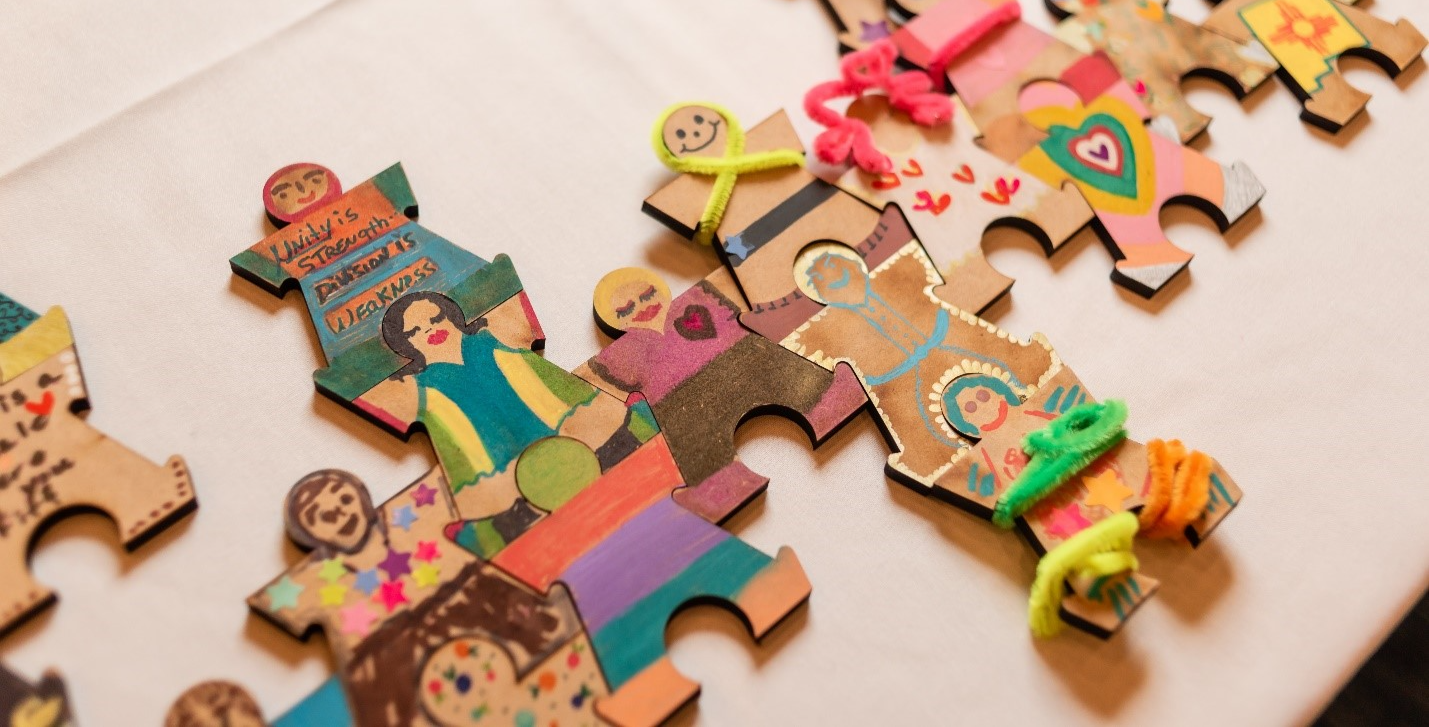 There is increasing interest in the design and execution of Collective Impact collaborations. The five conditions of collective impact, on the surface, seem both intuitive and appropriate. It’s the execution that often has us spinning. Collective Impact is, as my colleague and fellow blogger Jay Connor so effectively says, about working differently. (Read his blog – www.workingdifferently.org for more insights about how hard this is to get right - hard but not impossible.)
There is increasing interest in the design and execution of Collective Impact collaborations. The five conditions of collective impact, on the surface, seem both intuitive and appropriate. It’s the execution that often has us spinning. Collective Impact is, as my colleague and fellow blogger Jay Connor so effectively says, about working differently. (Read his blog – www.workingdifferently.org for more insights about how hard this is to get right - hard but not impossible.)
John Kania, co-author of the ground-breaking articles on collective impact commented recently that collective impact 'is not counter-intuitive but it is counter-cultural'. He is on the money. We know that we have to work differently if we want to begin moving the needle on some of the challenging issues facing our communities like poverty, homelessness, neighbourhood revitalization and climate change. We have to get beyond our individual agendas and really focus on what is best for the health of our whole community and its citizens. It is about working on the five conditions of collective impact together - advancing them all.
But that's hard when the organizations and systems we work in are designed for singular success and singular credit. How can we work collectively, share and contribute to change and still get recognition for our roles? This is one of the execution tensions embedded in a collective impact approach. To quote John Kania again, this approach 'is not about credit but credibility'. He is right, collective impact asks us to seriously reflect on our real purpose. Are we working to maintain our jobs or to change our communities for the collective benefit of all?
That's the innovation of collective impact - the tension it creates and the opportunity as Jay says, to work differently and get to real impact.
Are you up for the challenge?





